Black History, The Arts

Zora Neale Hurston
Though during her life Zora Neale Hurston claimed her birth date as January 7, 1901 and her birth place as Eatonville, Florida, she was actually born on that date in the year 1891 in Notasulga, Alabama. Within the first year or two of her life her family moved to all-black Eatonville, however, and this community shaped her life and her writing to a significant degree.
ohn Hurston, the author’s father, was a carpenter and a preacher and was several times elected mayor of their town. Her mother, Lucy, died in 1904. The young Zora didn’t take very well to her new stepmother and left home to work for a traveling theatre company, then in 1917 attended Morgan Academy in Baltimore to finish high school. (more…)
Black History, The Arts
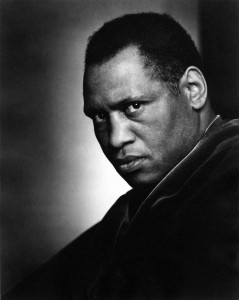
Paul Robeson
Paul Robeson was one of the most gifted men in the history of the world. He was an athlete, actor, author, attorney, a scholar and concert singer. Born in Princeton, New Jersey on April 9, 1898, Paul Robeson showed that he was a man of many talents. He gave 296 performances as Othello on Broadway.
He was subsequently recognized as an internationally famous singer and performed on concert stages throughout the world. Robeson spoke and performed in over twenty languages and dialects, and became a spokesman throughout the world against exploitation, injustice, and racism. His attacks on injustice and racism in the United States became a severe international embarrassment to the United States government. (more…)
Black History, The Arts
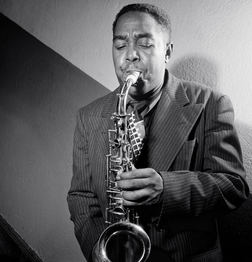
Charlie ‘Bird’ Parker
Charlie Parker was one of the most influential improvising soloists in jazz, and a central figure in the development of bop in the 1940s. A legendary figure in his own lifetime, he was idolized by those who worked with him, and he inspired a generation of jazz performers and composers.
Parker was the only child of Charles and Addle Parker. In 1927, the family moved to Kansas City, Missouri, an important center of African-American music in the 1920s and 1930s. Parker had his first music lessons in the local public schools; he began playing alto saxophone in 1933 and worked occasionally in semi-professional groups before leaving school in 1935 to become a full-time musician. (more…)
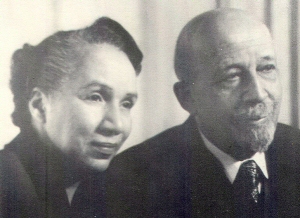
Black History, The Arts

Shirley Graham DuBois and her Husband, W.E.B. DuBois
was born November 11, 1896 in Indianapolis, Indiana on a farm which had been part of the underground railroad and had served as a stopping point for runaway slaves on their way to Canada. It belonged to her grandfather, a former slave who had been freed prior to the Civil War.
Over the years she studied at the Sorbonne, Oberlin, and attended Yale on a Rosenwald Fellowship in Creative Writing. She received both her bachelor’s degree and a master’s degree in music from Oberlin. After receiving her MA degree, she was appointed Head of the Fine Arts Department at Tennessee State College. (more…)
Black History, The Arts
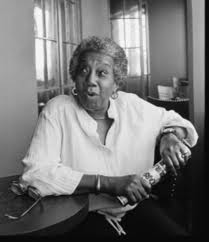
Vinnette Carroll
Vinnette Carroll was the first African-American woman to direct a production on Broadway. Vinnette Carroll was born on March 11, 1922 in New York City to Florence and Edgar Carroll. When Vinnette was three the family moved to Jamaica; subsequently, she spent much of her childhood in the West Indies. She received a BA from Long Island University in 1944; and an MA from New York University in 1946; followed by doctoral work in psychology at Columbia University. Carroll’s father encouraged his daughters to become physicians, and as a compromise, Vinnette chose psychology. Carroll worked as a clinical psychologist with the NYC Bureau of Child Guidance before beginning to study acting.
In 1948 she accepted a scholarship to attend the Erwin Piscator’s Dramatic Workshop at the New School for Social Research and studied with Lee Strasberg, Stella Adler, Margaret Barker, and Susan Steele. She made her professional stage debut at the Falmouth Playhouse acting in Shaw’s Androcles and the Lion. (more…)
Black History, The Arts
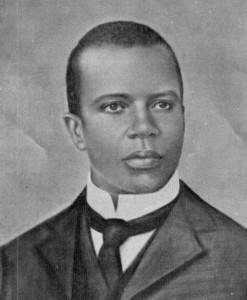 (b. Nov. 24, 1868, Bowie county, Texas, U.S.–d. April 1, 1917, New York, N.Y.), American black composer and pianist known as the “king of ragtime” at the turn of the 20th century.
(b. Nov. 24, 1868, Bowie county, Texas, U.S.–d. April 1, 1917, New York, N.Y.), American black composer and pianist known as the “king of ragtime” at the turn of the 20th century.
Studying piano with teachers near his childhood home, Joplin traveled through the Midwest from the mid-1880s, performing at the Columbian Exposition in Chicago in 1893. Settling in Sedalia, Mo., in 1895, he studied music at the George R. Smith College for Negroes and hoped for a career as a concert pianist and classical composer. His first published songs brought him fame, and in 1900 he moved to St. Louis to work more closely with the music publisher John Stark. (more…)





